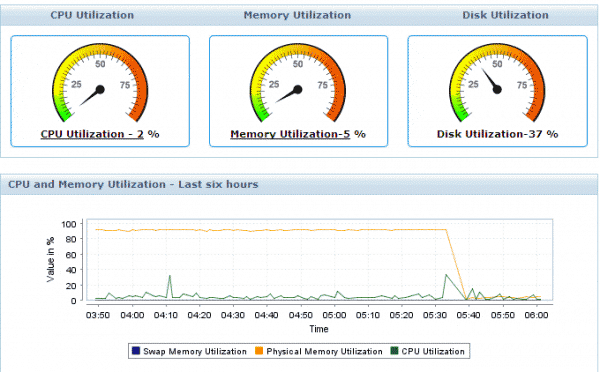

swpd displays virtual memory used, while free shows idle memory. The r column shows the number of running processes (or those waiting for run time), while the b columns indicate sleeping processes.

Once you’ve logged in, try the following commands: Free To find out more about accessing your server using SSH, check out this Knowledge Base article: How to connect to your server via Secure Shell (SSH). You can also log in to your server using a Secure Shell (SSH) and use various commands to track VPS memory usage. Scroll down to the Current Memory Usage section.Ĭheck memory usage using the command line Select Server information under Server Status. To check your VPS memory usage with WHM, log in to WHM and type “server” in the search bar. In this article, we’ll show you how to use both methods.

If you want to check your VPS memory usage, you can choose to monitor resources using WHM or the command line. HostPapa VPS users have several tools at their fingertips for monitoring server performance.


 0 kommentar(er)
0 kommentar(er)
